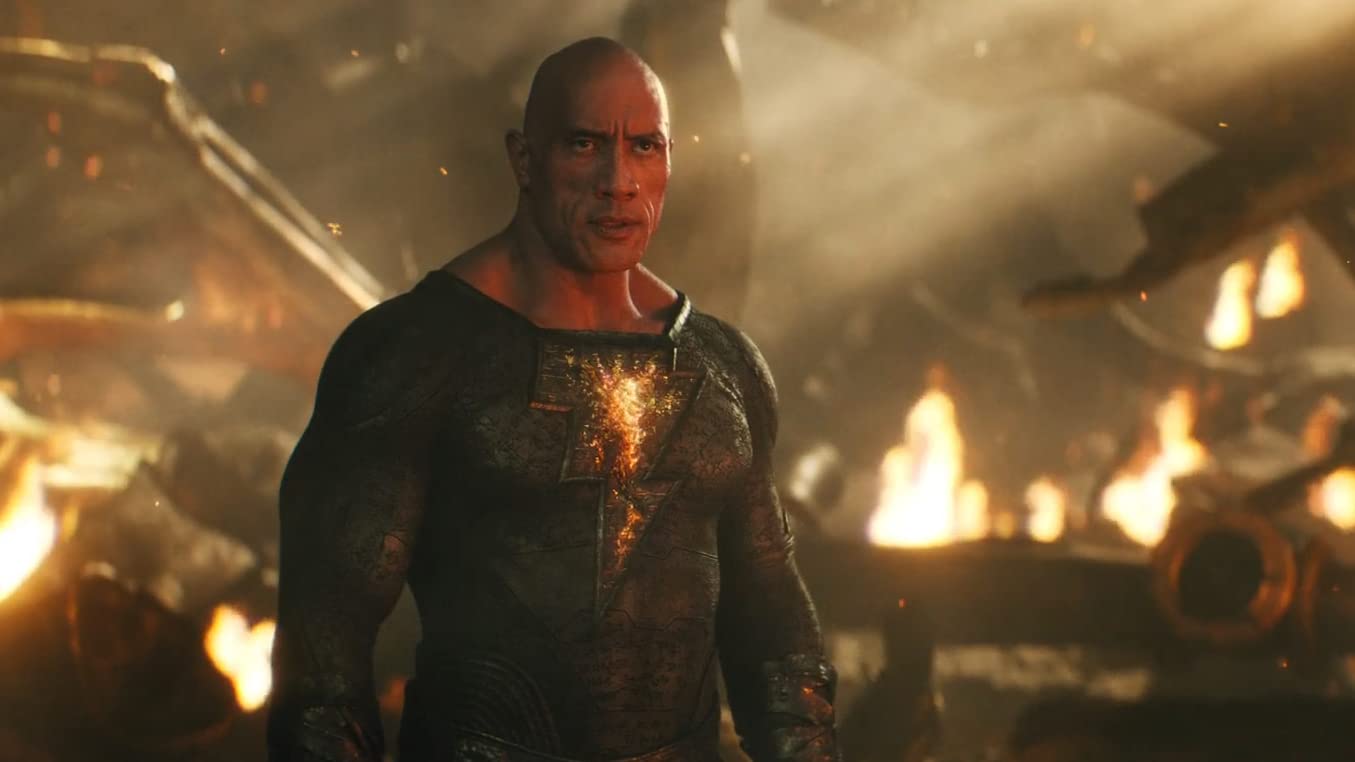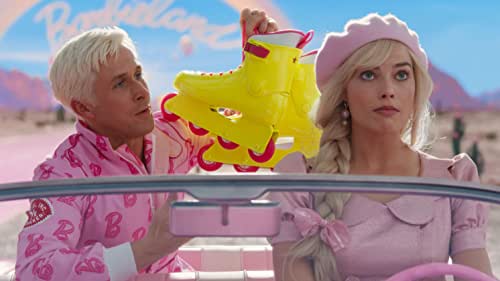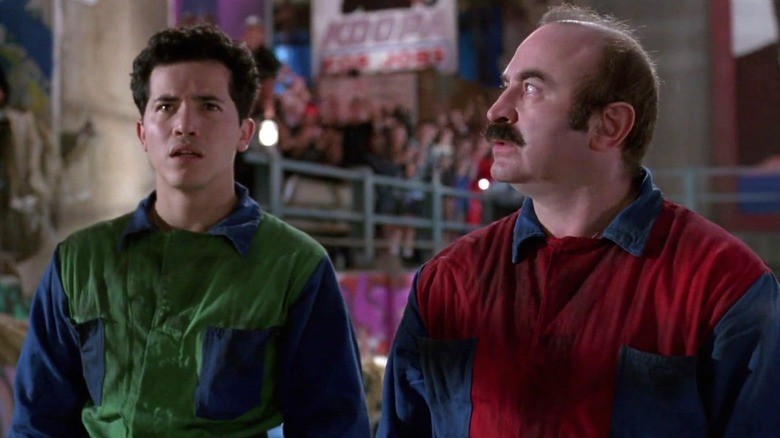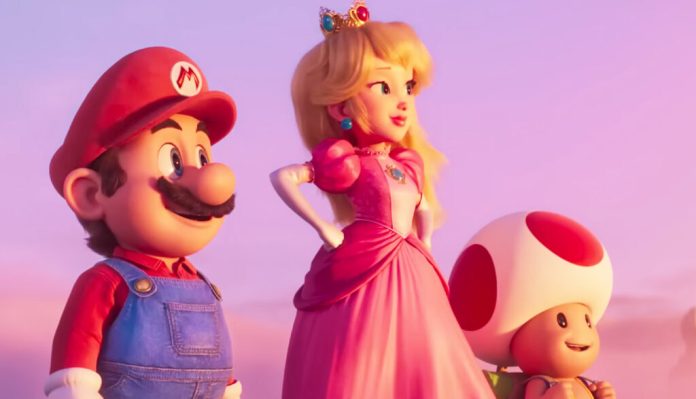If superhero films defined the last era of mainstream moviemaking, it seems like corporate self-interest will dominate this one. We look at how the line between big budget movies and elaborate advertising continues to blur.
If there was one thing you could count on in the 2010’s, it was an MCU movie making bank at the box office. Captain America: The First Avenger (2011) was the franchise’s lowest-earning film of the decade, at $370 million world wide. Until 2020, the only other MCU film that DIDN’T earn half a billion dollars at the box office was 2011’s Thor. In both those cases you could argue the reduced revenue was because the franchise was just getting its legs under it. The huge business potential of superhero tentpole franchises was proven over and over again, and Hollywood couldn’t spend money fast enough to try and get a piece of it.
Fast forward to today, and we’ve already had four MCU films in the 2020’s that failed to meet the half-billion box-office mark. Some of that loss of revenue can be blamed on the impact of the pandemic, but part of that revenue loss has to simply be attributed to loss of audience interest. The MCU spent more than a decade building up its characters and the story arc that ultimately concluded with Avengers: Endgame. Moving on after that would always be difficult, especially when you are introducing new characters and storylines (we all know how well people respond to change).

Even then, there’s a sign of declining returns on the types of films that Hollywood has had success with as recently as last decade. Whereas recently as five years ago it seemed like you could throw any type of comic-book-related film out there and it would stick, audiences are more selective today. Look at the disarray of the DCEU. Even evergreen stalwarts such as Pixar and Disney have had some challenges lately. We aren’t seeing the same CGI-reliant action-star vehicles we saw before the pandemic. Long-popular franchises like Star Wars, Star Trek, Harry Potter, X-Men, James Bond, and Jurassic Park are either finished, on hiatus, or trying to regroup.
The point is, the mainstream movie industry is at a point of inflection. Whether that change is the result of the impacts of the pandemic or changing audience taste, studios are going to have to adapt. And if box office proceeds over the last couple years are useful in determining just how studios can accomplish such a task, it will not be a matter of coming up with the next new thing, but instead resurrecting very old things.
Stop me if you’ve seen this before. Hollywood has a long history of commercializing our nostalgia for their own benefit. The last quarter-century of film in particular is full of examples of not just making old things new again, but finding popular things we love and making those things into movies. Everything from classic films, to books, TV shows, video games, comic books, and folklore was fair game for modernized big-budget movie adaptations. It worked well; box office records were broken, ticket sales were at all-time highs, churning out sequels and prequels became a reliable source of business.
The last couple years have proven that this approach is still valid, but there is another level to it. Hollywood has learned from the MCU. You can make money by creating a film adaptation of a popular source material to lure in fans. You can make even more money by using the movie to define the modern interpretation of that source material. In a way, it is reinvention, but more correctly it is commercialization. Done correctly, the connection between movie and source material is a two-way street; you can funnel business opportunities between the two entities. Well-received adaptations encourage the business prospects of the source material, which only makes the film more popular.

Upon this realization, studios are not just making expensive adaptations anymore, they are making expensive ads for the source material. The Super Mario Bros. Movie, Barbie, Tetris, Grand Turismo, Blackberry, Air, Flamin’ Hot, are just a few examples. These types of films serve not only as an opportunity for studios to benefit from name recognition, but for those source materials to bring new attention to themselves. It is no coincidence that these source materials are high-profile intellectual properties for major corporations.
In many ways, this new wave of commercial blockbusters is taking a page from the flood of musical biopics we have already seen as of late (Rocketman, Bohemian Rhapsody, Respect). The idea is mostly the same. Take a widely-known and appreciated topic, in this case a band or musician, and create a film that celebrates their artistic contribution to pop culture. These types of films are less fascinated with the story behind these figures, and more interested in creating a positive platform to celebrate their work. These films separate themselves from similar biopics in the past by choosing to ignore or lessen the impact of negative or controversial aspects of the stories they tell.
In essence it is an artistic compromise by the filmmaker to obtain consent to use the artist’s work and likeness. Without consent from the artist’s estate, the film can’t use their work, and fans will not have as strong a connection. In order to earn adoration of fans, the film needs to connect with the fans on the same level they already connect with the artist’s work. That means making a film that does not change the way we already consume (or interpret) the source material, but instead encourages it even more.
That is the very essence of advertising. Ads want to persuade you to try a product if you haven’t tried it already, and keep consuming it if you already consume it. They always highlight the positive attributes at the expense of providing a complete picture. Cinematic ventures connected to consumer products follow a similar pattern and approach. At their core, these films want to leave a positive impression, and that means trying not to disrupt the way we already interact with the product(s) they are based upon. This is not the opportunity for a new approach or perspective. Above all, the film has to be an identifiable extension of the product, rather than an interpretation of it.

For consumer products we all know how changing the look or feel of the product can create a negative connotation to those who have a positive connotation with the original version. The same approach follows with this new wave of commercialized mainstream cinema. The Super Mario Bros. Movie doesn’t try to fit the premise of the video game into a live-action movie format like Super Mario Bros. did in 1993. Instead, it ports aspects of the franchise’s video games directly into the new film. 3D CGI helps to maintain consistency with the look of more recent Mario Brothers video games. In this way, the film doesn’t earn merit for the originality of its approach/visuals, but instead for the way it connects us with the original product. It echoes the pull of nostalgia. It also serves as an advertisement for the new Super Nintendo World Universal Studios theme park that is opening, again linking via the visual design.
This marks an interesting change from the way Hollywood had traditionally approached these types of films which are not adapted from traditional media (books, TV shows, plays). Movies like the aforementioned Super Mario Bros., Master of the Universe (1987), Max Steel (2016), G.I. Joe: Rise of Cobra / Retaliation, and to a lesser extent Transformers films were all live-action films based on inanimate objects with varying levels of preexisting storylines available for plot inspiration. These films had varying levels of commercial success, but more importantly were not embraced by critics or audiences alike. The approach in these films was to simply make a movie based on a toy. There wasn’t much connection between the real life product and the depiction in the film besides names and likenesses.
Any way you look at it, these films did not give audiences much to connect with. The plots and executions were not strong enough to pull in casual and non-fans, and because of that fans had a difficult time incorporating the films into their existing connotation of the products. But the new wave of commercialized mainstream films is different. They have learned from those past mistakes, and to a greater extent, try to replicate the way the MCU films encourage audience investment. Look at 2018’s Bumblebee, which was much more well received than previous installments of the Transformers live-action franchise had been. This film changed the franchises’ approach by providing a more character-based plot rather than action/CGI only. This is a huge development because, surprise surprise, that’s what it takes to make a good movie people want to watch.

By making the film capable of standing up on its own two feet, rather than relying solely on name recognition, the film not only has a greater chance of being appreciated by fans of the original, it can bring new ones onboard too. Bumblebee was not the first film to do this, but it represents a changing tide regarding how Hollywood is approaching films like this. Movies like this year’s Dungeons & Dragons: Honor Among Thieves or the upcoming Gran Turismo find a more personal approach to play homage to the source material. Flamin’ Hot isn’t a movie about Doritos chips. It’s about the people who were inspired to create them. Tetris isn’t about stacking different-shaped tiles, it’s about the man who brought the game to the masses.
It’s not rocket science, but signals a change of approach brought on by studios perceived need to meet higher expectations. I feel strongly that despite the MCU’s recent slide, the franchise has overall had a huge impact in audience’s expectations towards big-budget films. Credit sites like Letterbox, Rotten Tomatoes, IMDB, and Metacritic who allow studios to receive free and uninhibited feedback from all types of audiences around the world. These sites put films in competition with each other in another way besides at the box office. This perceived heightened competition has resulted in a higher quality product across the board.
By playing into the way we already consume a product, and/or by taking a more personal approach, filmmakers are able to disguise the fact that they are making what is essentially a big expensive commercial. After decades of disastrous video game adaptations and feeble attempts to play off the nostalgia for our favorite childhood toys, the promise of films based on inanimate objects has seemingly turned a corner. Whether or not this development is a positive one for the legacy of cinema has yet to be determined. Certainly being able to find cinematic inspiration in places we haven’t really looked before is a positive, but how will audiences respond as mainstream cinema makes its intentions even more obvious than they already were?















